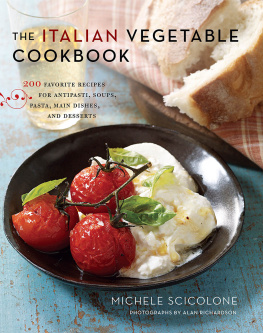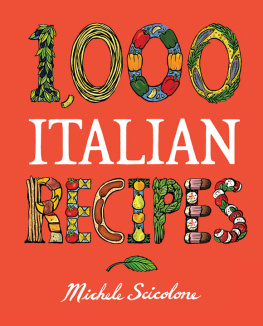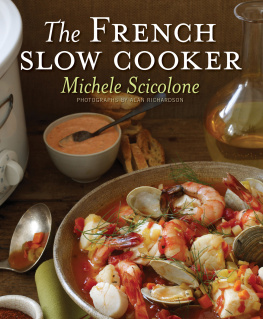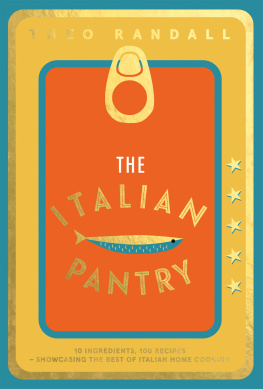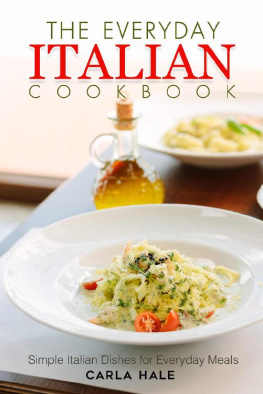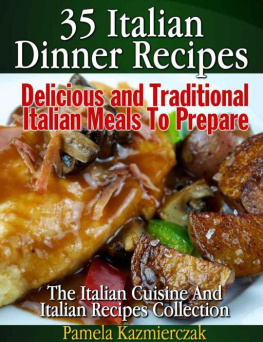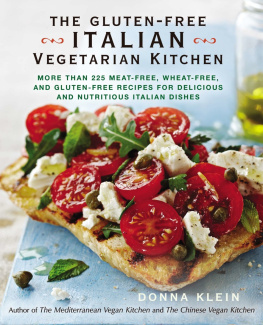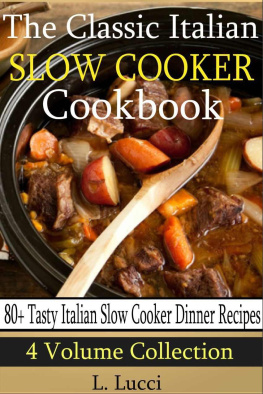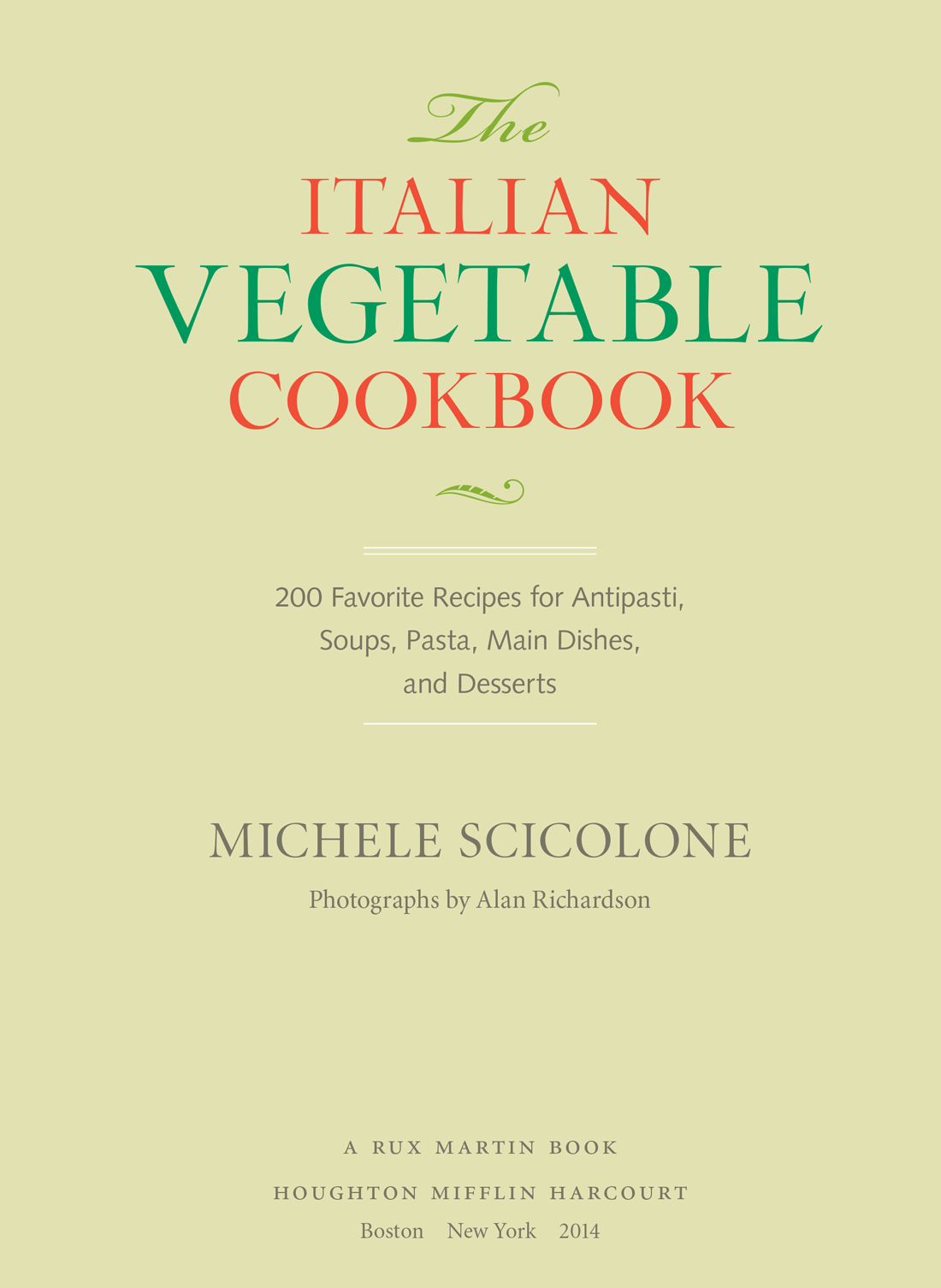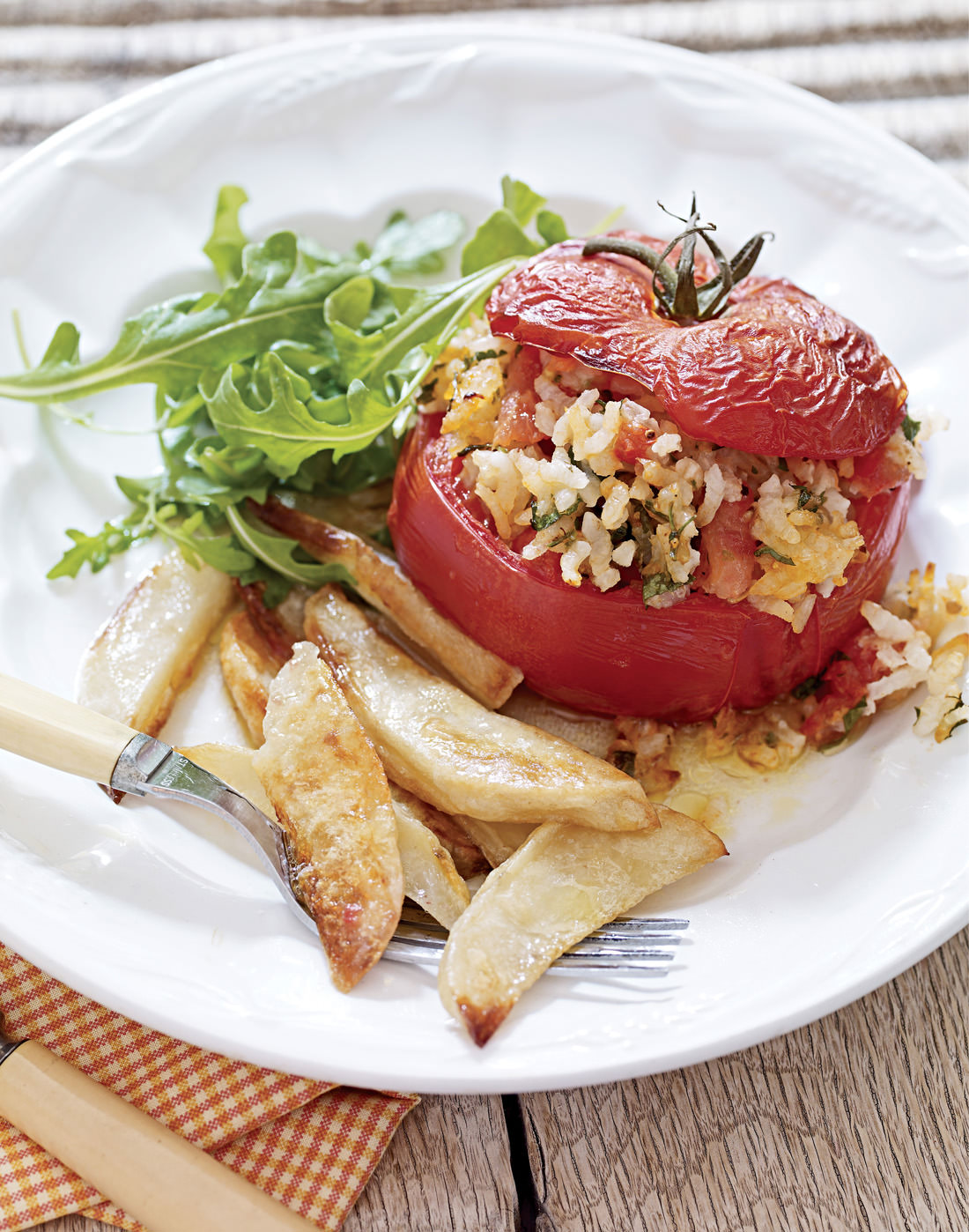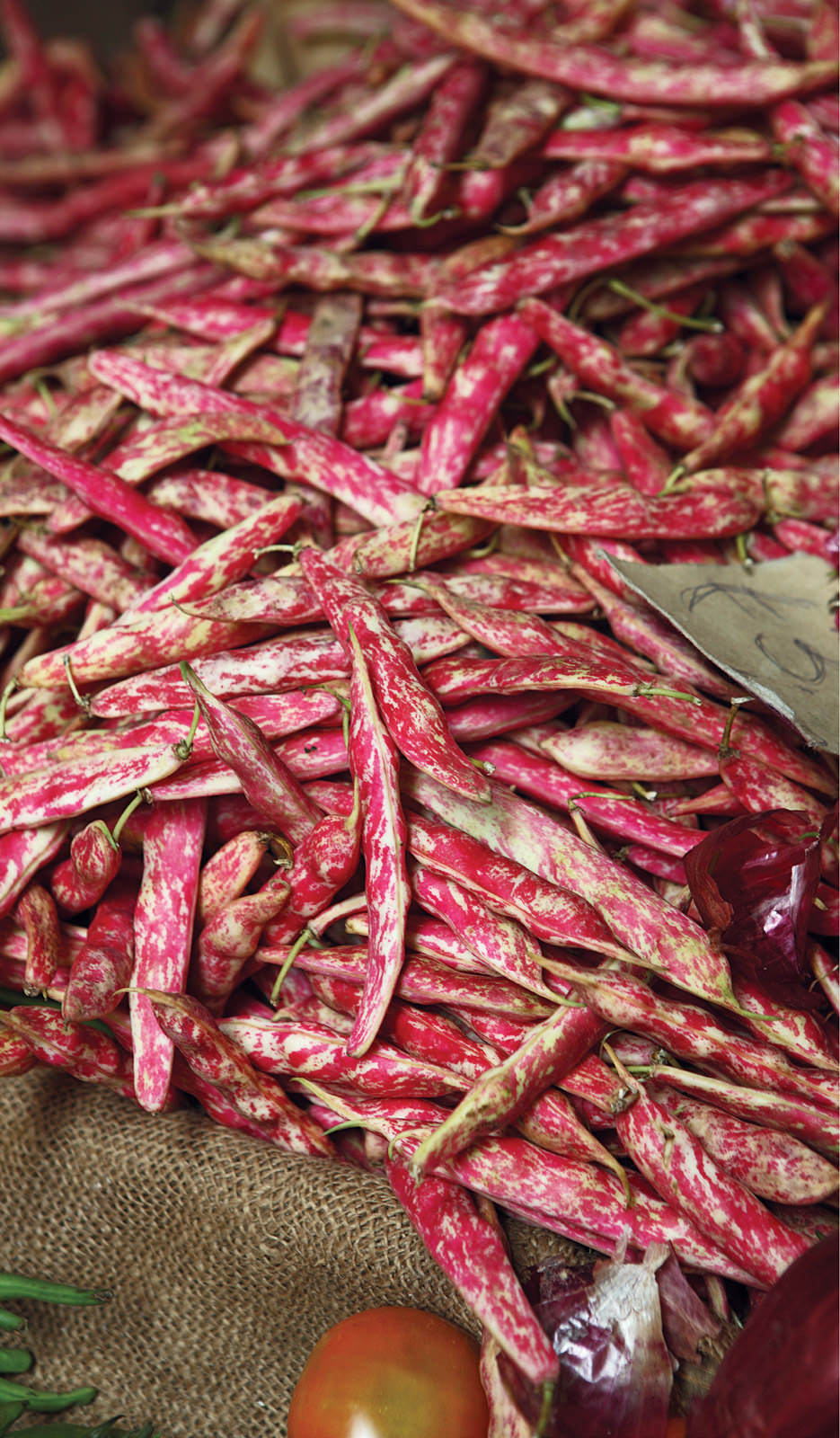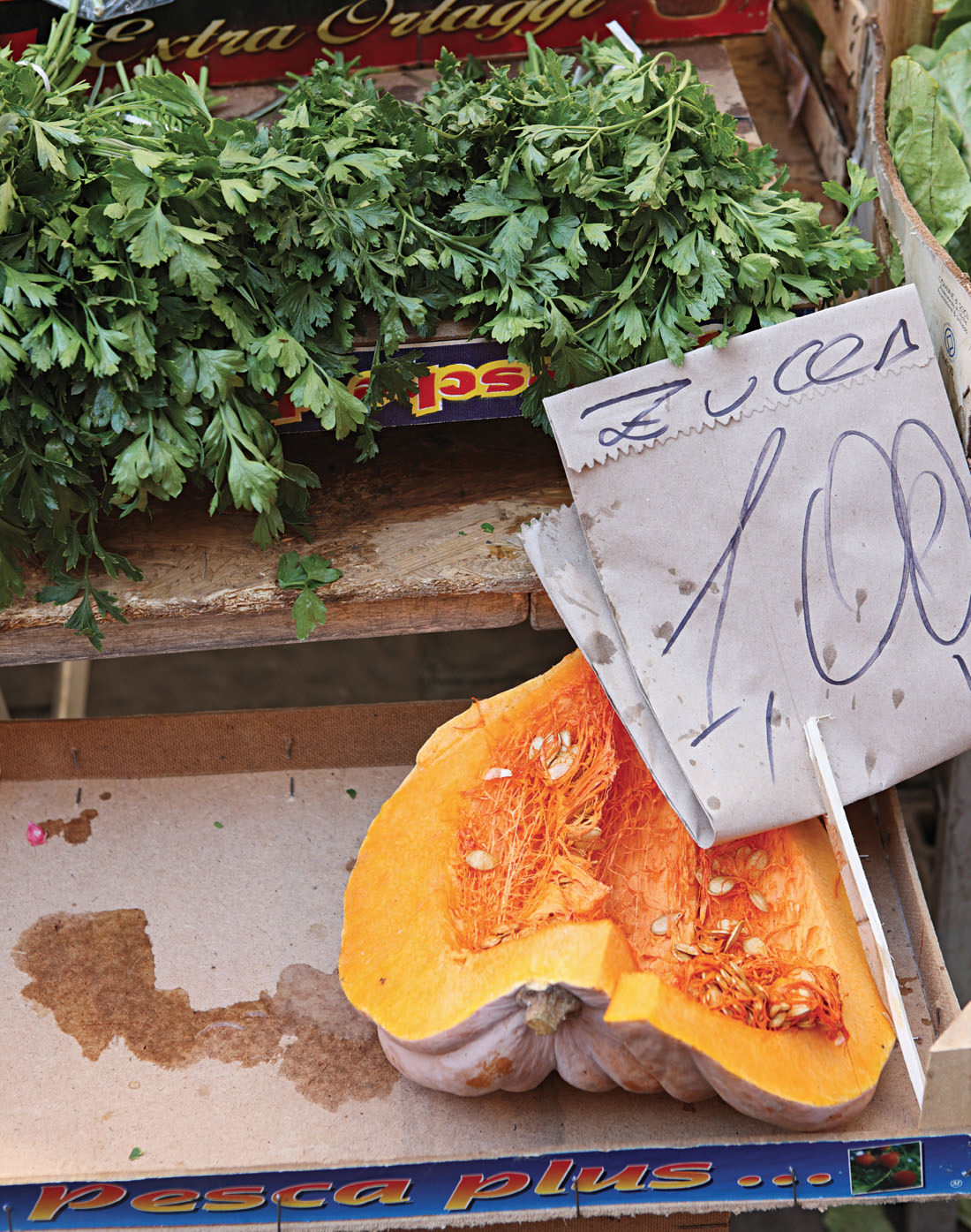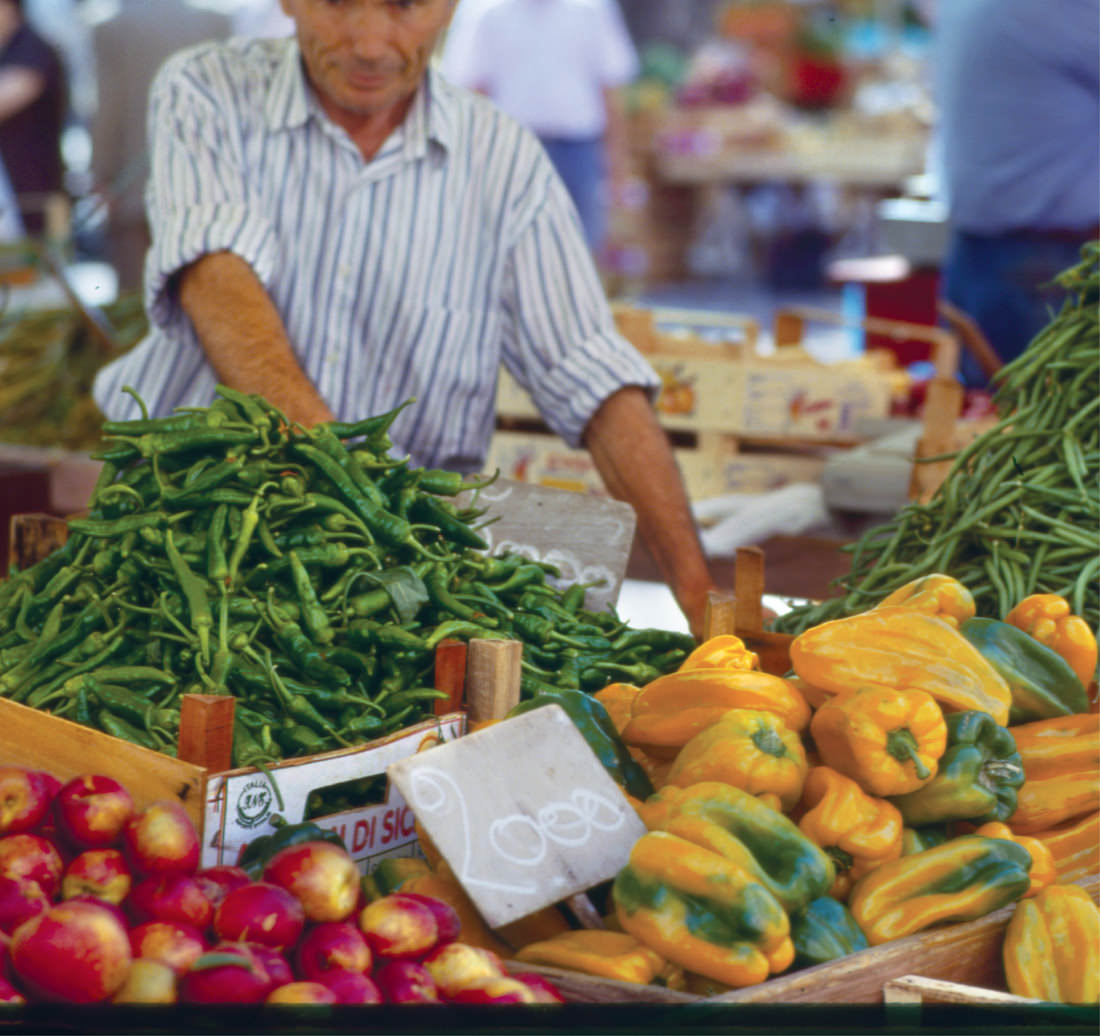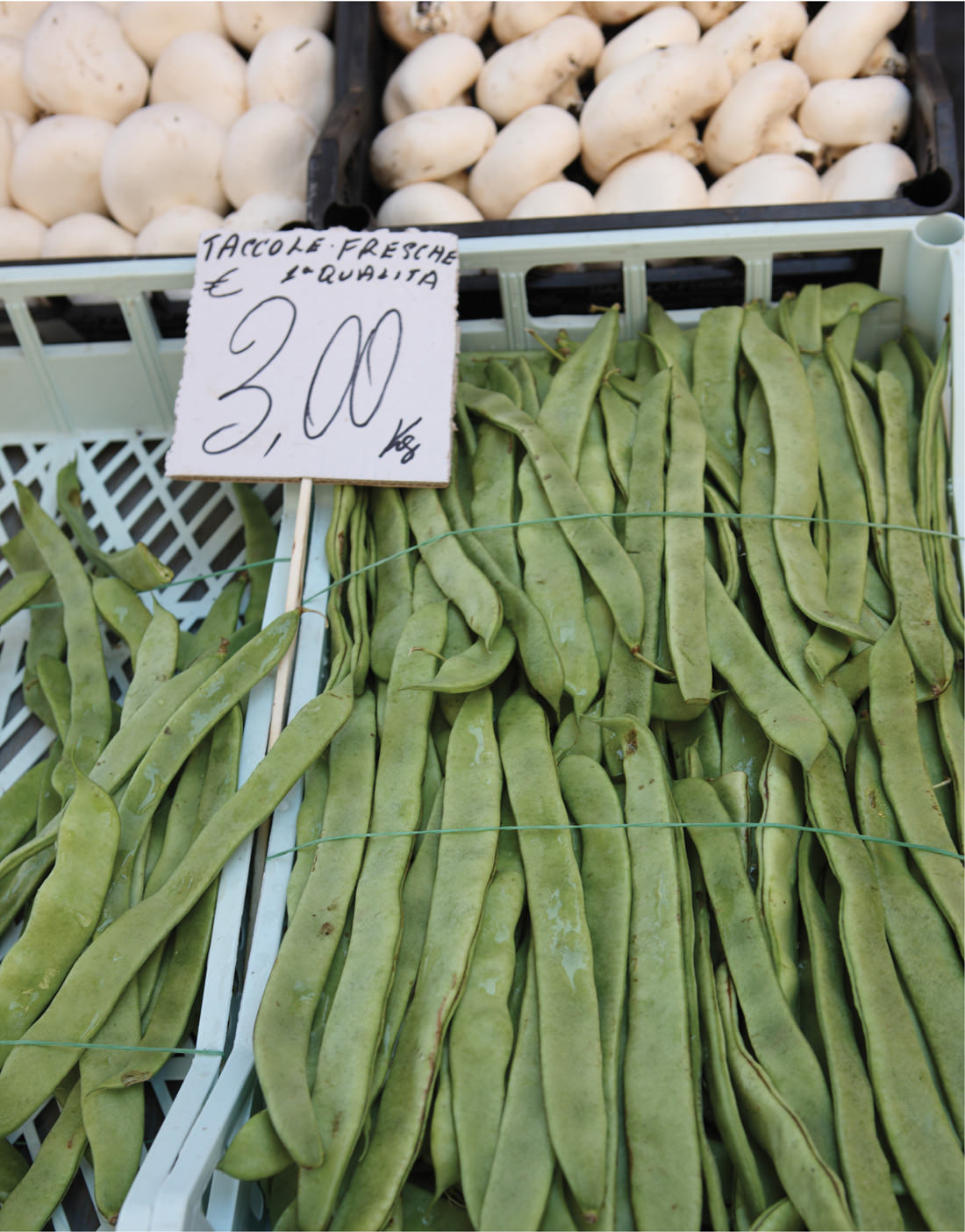Michele Scicolone - The Italian Vegetable Cookbook: 200 Favorite Recipes for Antipasti, Soups, Pasta, Main Dishes, and Desserts
Here you can read online Michele Scicolone - The Italian Vegetable Cookbook: 200 Favorite Recipes for Antipasti, Soups, Pasta, Main Dishes, and Desserts full text of the book (entire story) in english for free. Download pdf and epub, get meaning, cover and reviews about this ebook. year: 2014, publisher: Rux Martin/Houghton Mifflin Harcourt, genre: Home and family. Description of the work, (preface) as well as reviews are available. Best literature library LitArk.com created for fans of good reading and offers a wide selection of genres:
Romance novel
Science fiction
Adventure
Detective
Science
History
Home and family
Prose
Art
Politics
Computer
Non-fiction
Religion
Business
Children
Humor
Choose a favorite category and find really read worthwhile books. Enjoy immersion in the world of imagination, feel the emotions of the characters or learn something new for yourself, make an fascinating discovery.
- Book:The Italian Vegetable Cookbook: 200 Favorite Recipes for Antipasti, Soups, Pasta, Main Dishes, and Desserts
- Author:
- Publisher:Rux Martin/Houghton Mifflin Harcourt
- Genre:
- Year:2014
- Rating:3 / 5
- Favourites:Add to favourites
- Your mark:
The Italian Vegetable Cookbook: 200 Favorite Recipes for Antipasti, Soups, Pasta, Main Dishes, and Desserts: summary, description and annotation
We offer to read an annotation, description, summary or preface (depends on what the author of the book "The Italian Vegetable Cookbook: 200 Favorite Recipes for Antipasti, Soups, Pasta, Main Dishes, and Desserts" wrote himself). If you haven't found the necessary information about the book — write in the comments, we will try to find it.
Over the ages, resourceful Italian cooks have devised countless ways to prepare vegetablesall incredibly flavorful and simple. In this book, Italian cooking authority Michele Scicolone shares recipes that she gathered during years of traveling in Italy. Some, like Green Fettuccine with Spring Vegetable Ragu and Easter Swiss Chard and Cheese Pie, came from talented home cooks. Others, such as Stuffed Cremini Mushrooms, were passed down through her family. She encountered still others, including One-Pot Dragged Penne, in restaurants and adapted dishes like Romeos Stuffed Eggplant from the cookbooks she collects. Many recipes display the Italian talent for making much out of little: Acquacotta, Cooked Water, makes a sumptuous soup from bread, tomatoes, and cheese. In keeping with Italian tradition, some dishes contain small amounts of pancetta, anchovies, or chicken broth, but they are optional. Simple dessertsRustic Fruit Focaccia, Plum Crostatafinish the collection
Michele Scicolone: author's other books
Who wrote The Italian Vegetable Cookbook: 200 Favorite Recipes for Antipasti, Soups, Pasta, Main Dishes, and Desserts? Find out the surname, the name of the author of the book and a list of all author's works by series.

